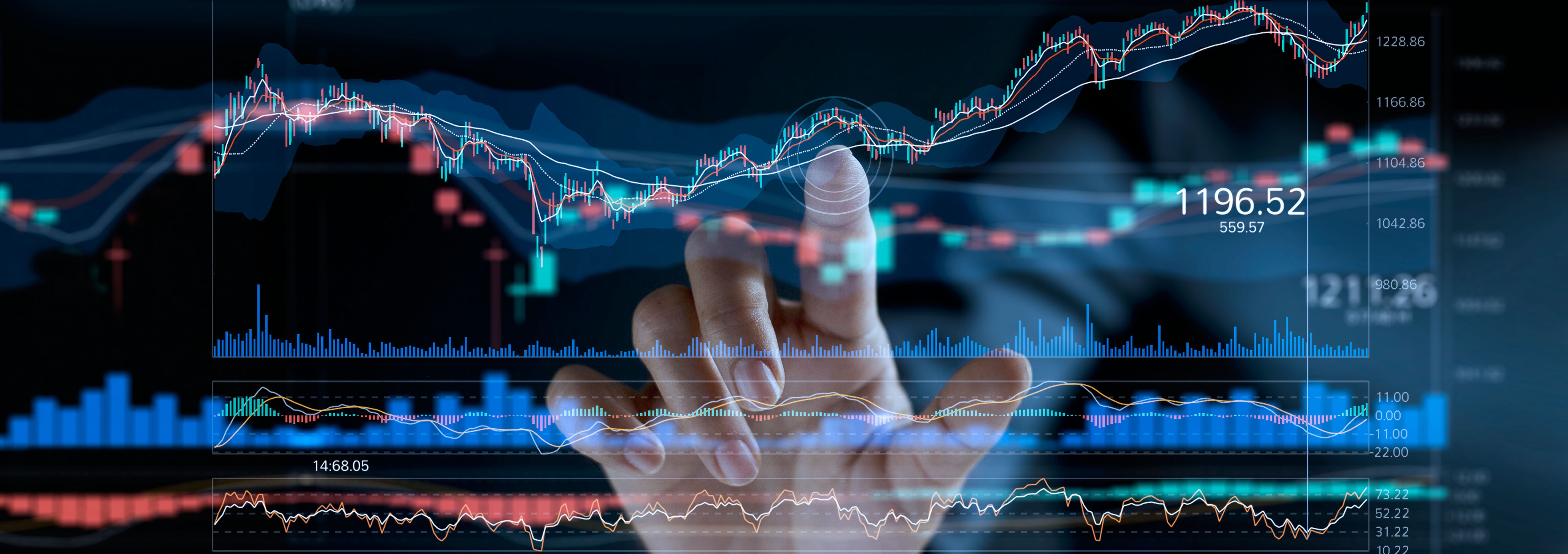Odd lots have become both more popular and more pervasive. They’re a point of discussion in the retail world, and the institutional world is examining them on the regulatory front. In this blog post, we investigate the increase in odd lot trading, attempt to isolate the source of growth and quantify the impact.
In an environment where nearly all trading is done electronically, it’s important to consider the added benefits of human judgement and flexibility that floor brokers may offer.
Aligning technology and people can be a difficult task. Historically as technology is introduced in an industry it is done so at the expense of collaboration, as it attempts to streamline or make efficient the process it is intended to improve.
This week an article in the Wall Street Journal, “High-Frequency Traders Fall on Hard Times - Once- lucrative business is now fighting unfavorable market conditions, brutal competition and rising costs”, paints a picture where high frequency trading is no longer the business that it used to be due to less volatility in the market and access to speed for those willing to pay.
Algorithmic Management Systems enable broker-dealers to solidify buy side relationships and capture order flow. For the last several years, the buy side has been shifting their trading flows from the bulge-bracket firms...




